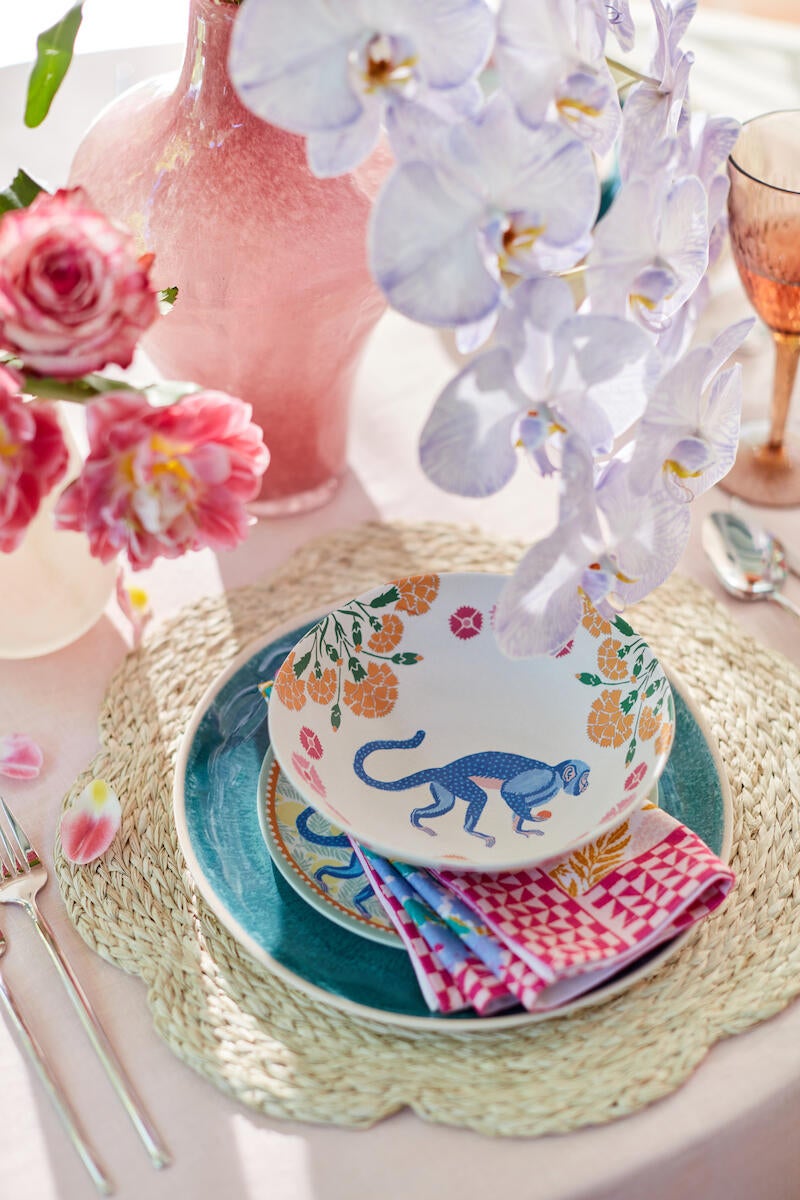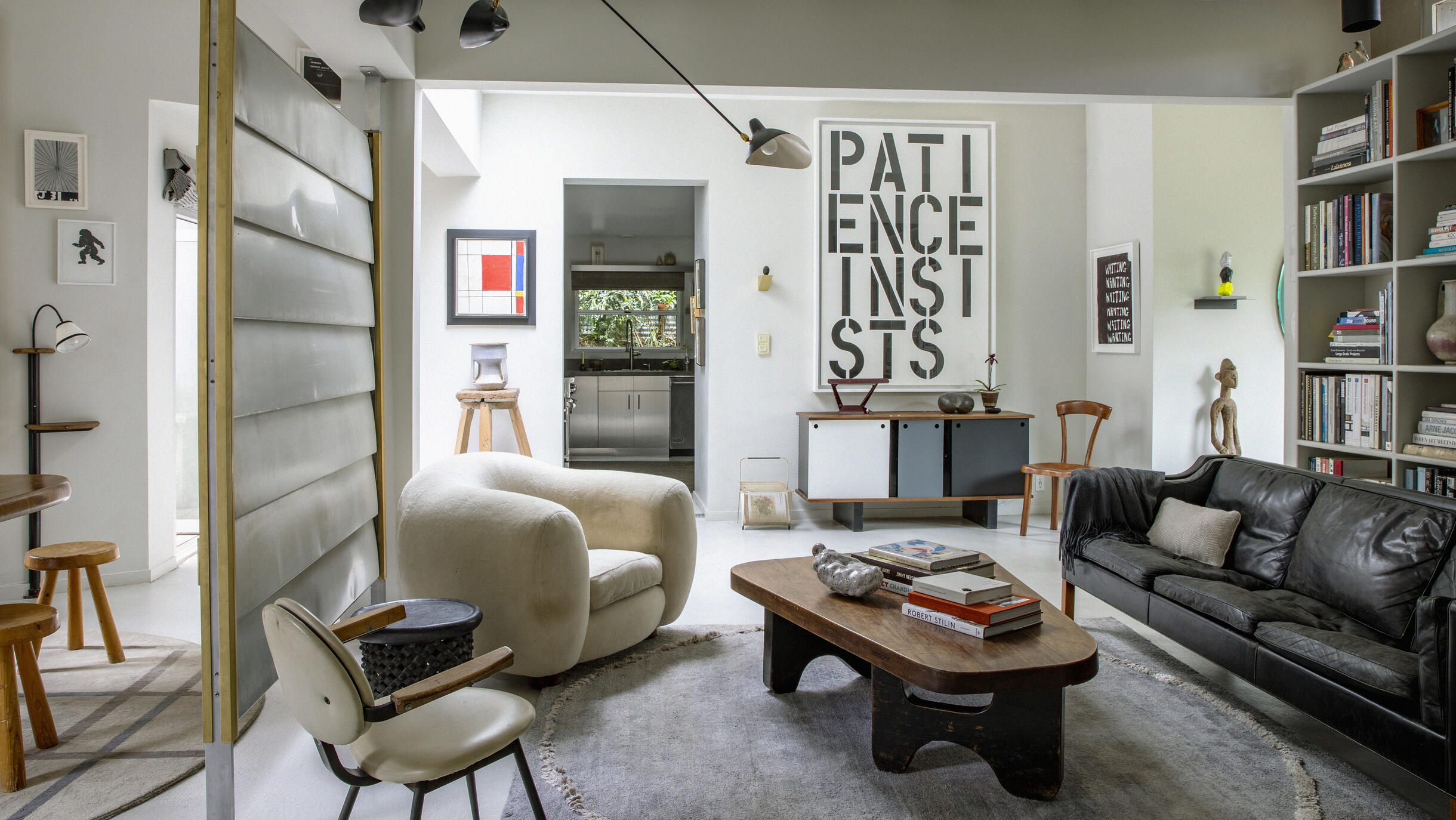This week in design, users on TikTok are revealing the natural state of their homes in all of their messy glory—strewn with clothing, toiletries, cosmetics and more—in a rebuke to overly polished (and to some, inauthentic) interiors. Stay in the know with our weekly roundup of headlines, launches, events, recommended reading and more.
Business News
Last week, Silicon Valley Bank (SVB) became the largest bank to fail since the 2008 financial crisis. The financial institution provided services to nearly half the country’s venture-capital-backed tech companies, including both large-scale players like Pinterest and Etsy and a legion of startups. The bank’s troubles began when venture funding started drying up last year, prompting a growing number of companies to withdraw their deposits. After the bank announced a capital raise to recoup its growing losses, it spooked investors into causing a run on the bank—prompting the FDIC to take over SVB and put a plan in place to insure customer’s deposits through a new funding program.
A new report revealed a representation crisis in the for-profit real estate development industry, The New York Times reports, finding that out of roughly 112,000 development companies in the U.S., about 111,000 are white owned—and among the 383 top-tier developers generating more than $50 million in annual revenue, one is Latino and none are Black. Written by research organization Initiative for a Competitive Inner City and consulting group Grove Impact, the report cited the inaccessibility of capital for minority developers as a key factor contributing to the industry’s racial gap, pointing out that the median net worth for white families is $188,200, compared to $24,100 for Black families and $36,200 for Latino families (since many developers raise initial funding from friends and family, the dearth of personal wealth in Black and Latino communities hampers developers coming from those demographics). The lack of diversity at the top of the field has the knock-on effect of limiting Black and Latino developers’ impact on planning and economic growth in their own communities.
A growing number of Americans ran into problems with companies’ products and services this year—and consequently, a larger number than in recent years sought “revenge” for their grievances, The Wall Street Journal reports. Around 74 percent of the 1,000 consumers surveyed experienced a product or service problem in the past year, up from 66 percent in 2020, according to this year’s aptly named “National Customer Rage Survey.” In parallel, the percentage of consumers who have taken action to “get back” at a company (either through pestering or public shaming, in person or online) has tripled to 9 percent from 3 percent in 2020. The phenomenon may be tied to the recent economic downturn: As companies seek to cut costs and cover staffing shortages, they often opt for an increase in automated customer services systems—a strategy that only compounds customer dissatisfaction.
TikTok debuted a new monetization program for creators on the app with last week’s launch of Series—an initiative that allows users to post collections of premium content behind a paywall. According to Variety, the feature is currently only available to select creators, who can choose the price for their Series and create videos up to 20 minutes long. In the coming months, the platform plans to allow other users to apply for the program and will grant creators 100 percent of their Series earnings for a limited time—though it is unclear what the revenue split will be in the future.
Major retailers Amazon, Patagonia and Tchibo, alongside the nonprofit Aspen Institute, announced last week the formation of the Zero Emission Maritime Buyers Alliance—an effort to accelerate commercial deployment of zero-emission shipping. This year, the organization plans to issue a request for proposal to procure maritime shipping services that achieve near-zero emissions, with the goal of adopting those services by 2025 or 2026. According to the International Council on Clean Transportation, the global shipping industry (which is not covered in the U.N. Paris Agreement) accounts for 3 percent of climate emissions.
French cookware manufacturer De Buyer announced the formation of a new multibrand portfolio company called La Brigade de Buyer, in a decision that follows its acquisition of two culinary equipment companies—cutlery brand 32 Dumas and sustainable kitchenware company Pebbly. While De Buyer cookware and bakeware is already available in the U.S., the newly combined entity plans to bring the 32 Dumas and Pebbly brands into the American market in the coming months.


Launches & Collaborations
Los Angeles–based interior designer Cliff Fong is offering a curated selection of items from his personal collection at Bonhams Los Angeles starting March 14. Highlights of the sale include a buffet from Cité Cansado by Charlotte Perriand, an early edition of Faye Toogood’s Roly-Poly chair and a director’s desk by Jean Prouvé—plus, Fong’s personal racing-green Aston Martin from 1982.
Sustainable bedding brand The Citizenry has entered a new brand category with the debut of a custom furniture collection. The launch includes three customizable upholstered bed designs—Drift, Laurel and Ridge—featuring wood accents of solid American maple and walnut, sustainably sourced in the U.S.
Anthropologie has partnered with decorative artist Ellen Merchant for a collection inspired by her love of antique textiles and botanical forms. Nodding to the British Arts and Crafts movement, the whimsical line features colorful floral stems and wildlife creatures printed on dinner plates and platters, bath linens, wallpaper and more.
Recommended Reading
When Apartment Life hit newsstands in 1969, it spoke to a new kind of shelter magazine reader: the young American settling into their first apartment, looking for fun and lively advice on how to save both money and space. Published by the Meredith Corporation, the title marked a stark departure from its suburbanite siblings, opting for a cheeky voice (with headlines like “There’s No Place Like Foam”) and covers populated by people of color, gay couples and young celebrities. As Julie Lasky writes for The New York Times, the mission lying beneath the publication’s spirited pages involved a reworking of postwar middle-class American values—the kitchen was the new living room; friends were the new family; and women were just as likely as men to pick up some tools and transform their spaces. For one media leader working toward an Apartment Life revival, the format is worth revisiting for the current era.
Whether in museums, magazines, books or internet searches, coverage of spaces designed for and by Black homeowners have traditionally been hard to come by. As Alexandra Lange writes for The New York Times, that has been changing in recent years, as a new wave of publications, exhibitions and research initiatives—ranging from new permanent displays in the National Museum of African American History and Culture to recent books like AphroChic: Celebrating the Legacy of the Black Family Home—have launched in pursuit of documenting and sharing Black interiors.
Cue the Applause
The Pritzker Prize, architecture’s highest honor, was awarded to British architect David Chipperfield last week. Chipperfield began his career working under the tutelage of architects like Norman Foster and Richard Rogers before founding his own firm in 1985 and going on to complete projects ranging from the BBC Scotland headquarters (housed in an abandoned shipbuilding site) to the Museo Jumex in Mexico City. In announcing its decision, the Pritzker jury referenced Chipperfield’s unmatched ability to merge historic buildings with modern elements, citing projects like the 2009 renovation of Berlin’s Neues Museum, which preserved elements of the structure that were damaged in World War II.
Homepage image: Cliff Fong’s Los Angeles home | Courtesy of William Abranowicz





























